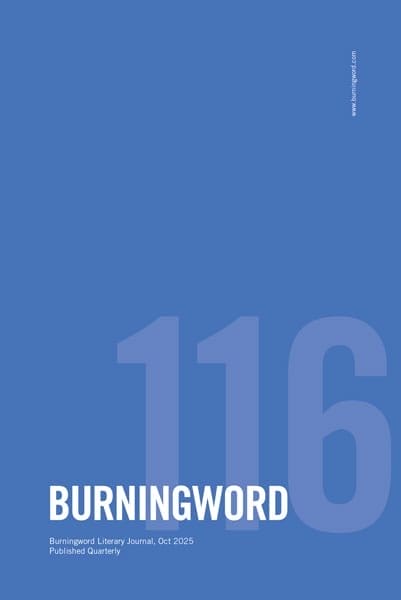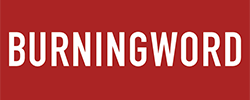A single gleaming crow feather rises up in a tiny Danish vase on my mantle. It is there to remind me.
When she was too old to drive, whenever we got out of the car and my mother heard a crow calling, she would say, “There’s my crow!”
Crows shower despair in Van Gogh’s “Wheatfield with Crows”; did he hear them cawing before he cut off his ear? Were they scribing in the sky when he took his life? Did he feel their intent to mark his days? Did he count them and their cryptic messages? The sky writhes in blue; the wheat is not bread but tragic gold. The painting is quietly apocalyptic.
In Andrew Wyeth’s “Winter Fields,” a dead crow claims the foreground, lying in a sere and open field with winter’s neutral sky above it, a house and barn mere specks in a faraway background. Soft and black, the body embodies the silence winter will impose upon us all. Thin brown grasses, its only covering. According to McCartney, his blackbird singing in the dead of night signifies hope for a black girl in the mayhem of the sixties, but of course his gentle guitar and night singing bird reassure all of us who need that hopefulness in equal measure to shore up against Poe’s unsettling raven.
In the Old Testament, the prophet Elijah was fed by ravens who brought him “bread and meat” in the morning and again at night. According to legend, the hermetic Saint Kevin in the 600s prayed with his hand out the window and was gifted, or cursed, with a blackbird alighting on it and laying its eggs. In Seamus Heaney’s poem the good saint “Is moved to pity” holding out his hand “Until the young are hatched and fledged and flown.”
In photos, my young and still single mother in a short red-quilted jacket, smiles in front of a large caged enclosure. She has just fed a crow that cannot fly who she told me, “talked” to her in its curious crow speak; not the raspy caw-caw, but a series of multi-syllabic quiet chortles at excitement for its food, and she was sure, crow affection. She fed it raw hamburger until it was well enough to take off and fly. When I was little, I loved hearing this story and she was very good at mimicking what her corvid friend sounded like. The pictures are old and faded. My mother is gone.
The single crow feather on my mantle belonged to Cassidy Crow, as my daughter dubbed the side-hopping crow who recently descended in our driveway and stared into the sunroom windows, waiting. Of course I came out with some whole grain bread. She (yes, I am projecting my gender onto this bird) flew up into the locust tree then alighted near the bread as I returned to the house. She was there the next day and I did my research on what humans could feed crows: peanuts—who knew?! So now, it became a three month-long ritual to watch for her appearance, which was at least twice a day, then hurry out with shelled peanuts which she would eat. She was always alone and if other crows were seen or heard in the vicinity, she disappeared. We couldn’t figure out why she seemed to be used to being fed, or why she appeared to be a timid outcast among other crows who usually appear together, at least in twos. Another unsettling trouble arose: I had taken to calling her by cawing and saying her name. If she were close, she’d appear. But I was also signaling the squirrels who quickly learned that my cawing meant peanuts! It was upsetting to see that she would relinquish her food to these interlopers as if she were afraid of them. I wanted her to stand up for herself! But she remained timid.
Shortly after she appeared, I found one large sleek black feather near the peanuts and have kept it as the only token of her presence which I came to love, as she disappeared completely after three months. I still ponder the mystery surrounding her appearance and disappearance. Surely she was a sign, a marker that briefly inscribed itself on our lives. Surely, she could have been my mother’s crow, reappearing to let us know that hope is a thing with feathers that perches in the soul and often comes in the darkest of colors if only we will look and see it.
Raphael H Kosek
Raphael Kosek is the author of American Mythology (Brick Road Poetry Press) and two prize-winning chapbooks, Harmless Encounters (2022) and Rough Grace (2014). Her work has received 4 Pushcart nominations and was featured in The Writer’s Almanac and Verse Daily. She served as the 2019-2020 Dutchess County, NY Poet Laureate and teaches at Dutchess Community College. www.raphaelkosek.com


